Why should we Dip corals? and how to perform it
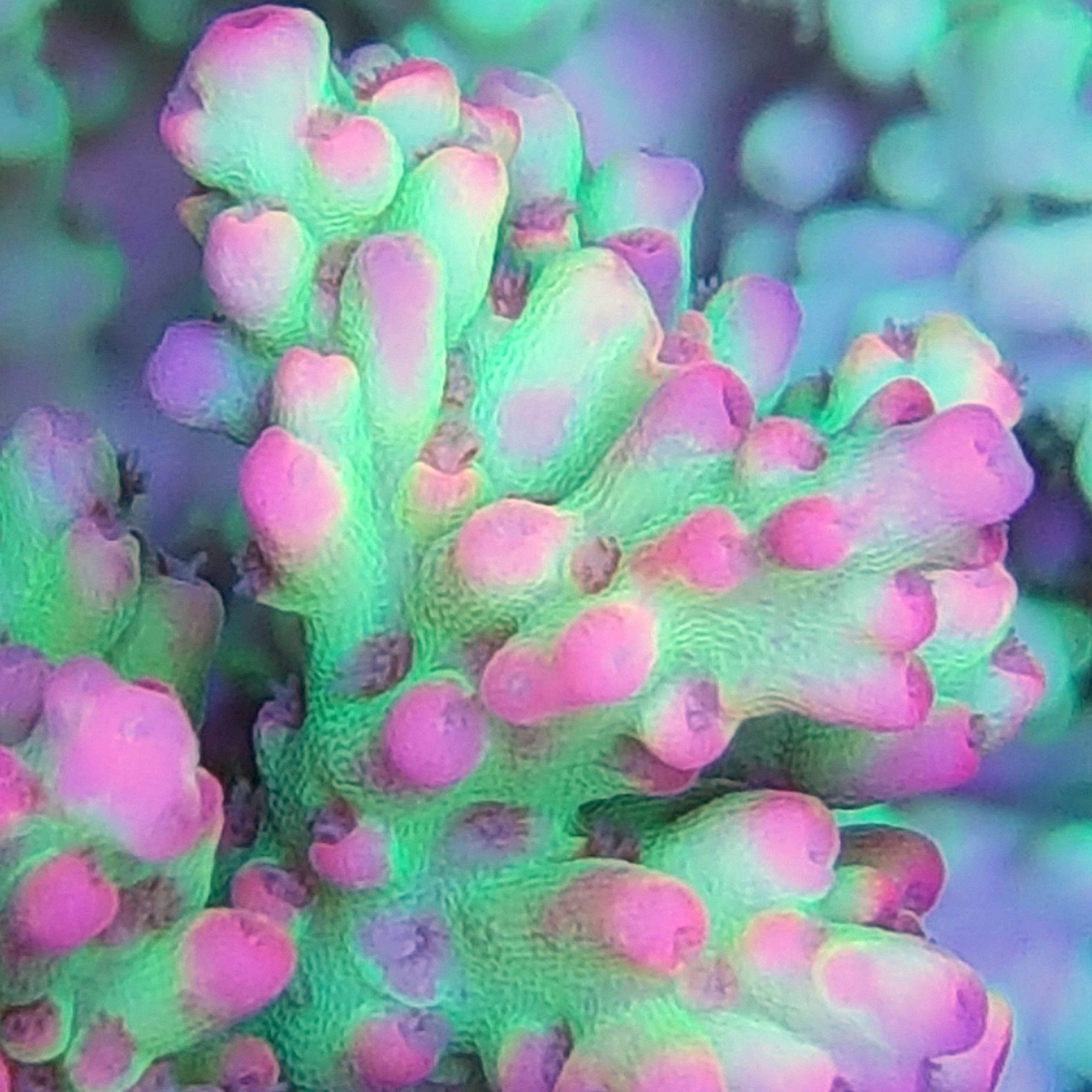
Visiting a local Live Fish Shop (LFS) and shopping for corals is one of the best enjoyment in this hobby. However, do you know that if your newly purchased coral is not treated carefully, it could cause a serious effect on your existing healthy corals which is already thriving in your current marine aquarium system ?
What is coral dipping ?
As up to 90% of the corals in this hobby is either collected from the wild or cultured in the sea, there is a high possibility that the corals come with pest without the exporter or importer knowing it. The term coral pest simply means, invert or creature in the natural environment that hosts and eats coral polyps, coral zooxanthellae for its survival, and if left uncontrolled, it will keep reproducing itself which could cause a serious effect on all your corals in the tank.
However, most of the time, it is hard to detect these hitchhikers , as due to their natural defence mechanism, that includes natural camouflage which makes spotting them extremely difficult with our human naked eyes.
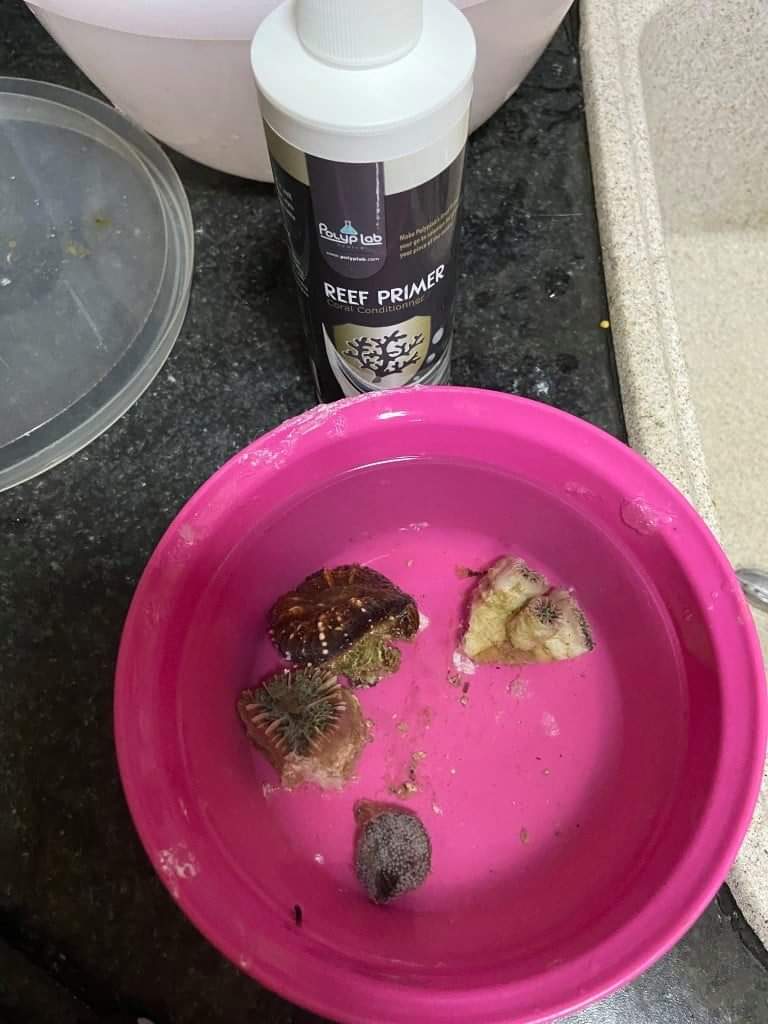
Therefore, treating all new or infested corals with a coral dipping is one of the best remedies for this . Coral dipping simply means treating the coral with a commercially available solution that helps to remove those pests from the corals itself without harming the corals.
However, do note that coral dip could be effective against the pest itself, but it can be useless against their eggs.
How to perform a coral dip?
To prevent any unwanted pests getting into your system and eating up all your existing prized corals, we should treat all newly purchased corals “ unsafe “ unless it has passed the quarantine period or safety period deemed by the hobbyist.
Start with preparing two container filled with tank water and applying a moderate amount of coral dip solution in the dipping container and placing the corals into the container.
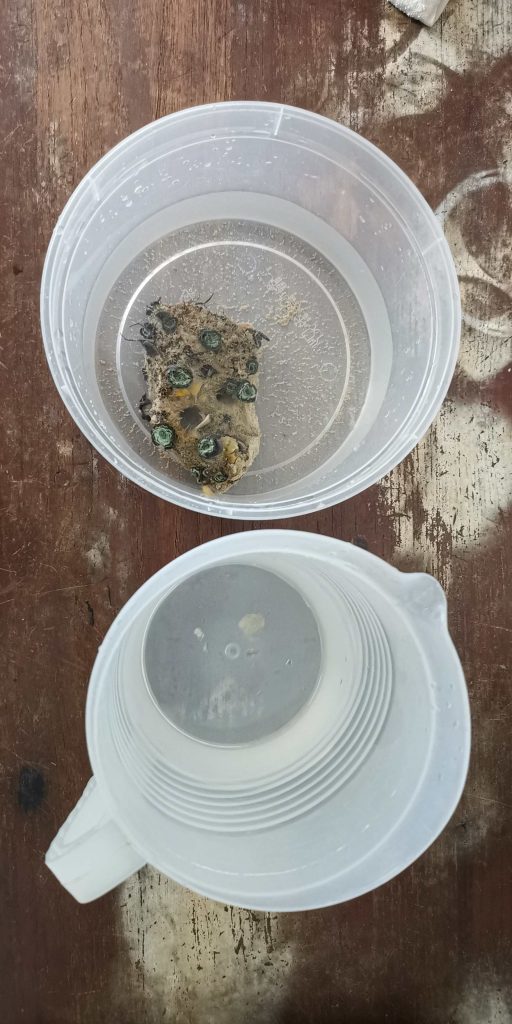
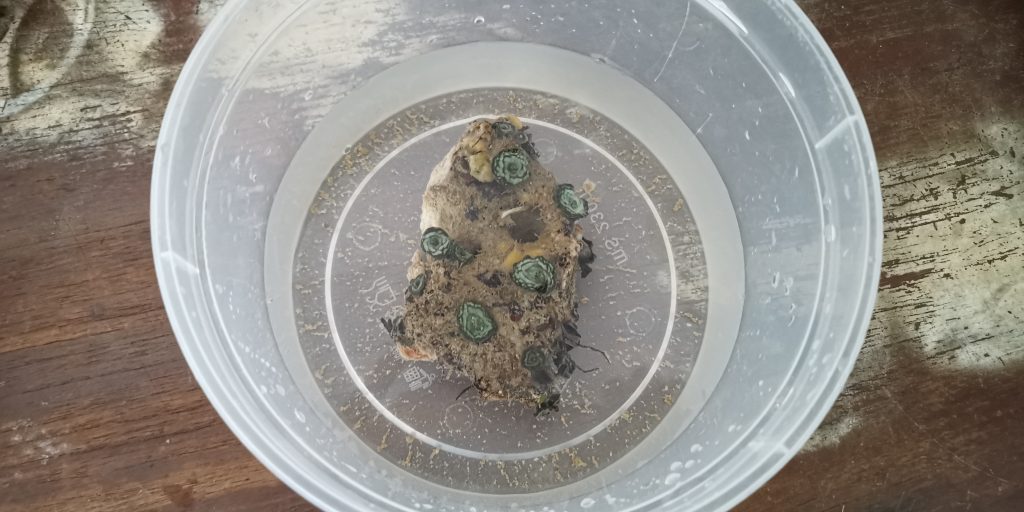
Follow the instruction of the coral dip products that you are using, and after performing the dip, transfer it to a newly prepared tank water ( Without the coral dip solution ) for a short bath before finally returning it to the tank.
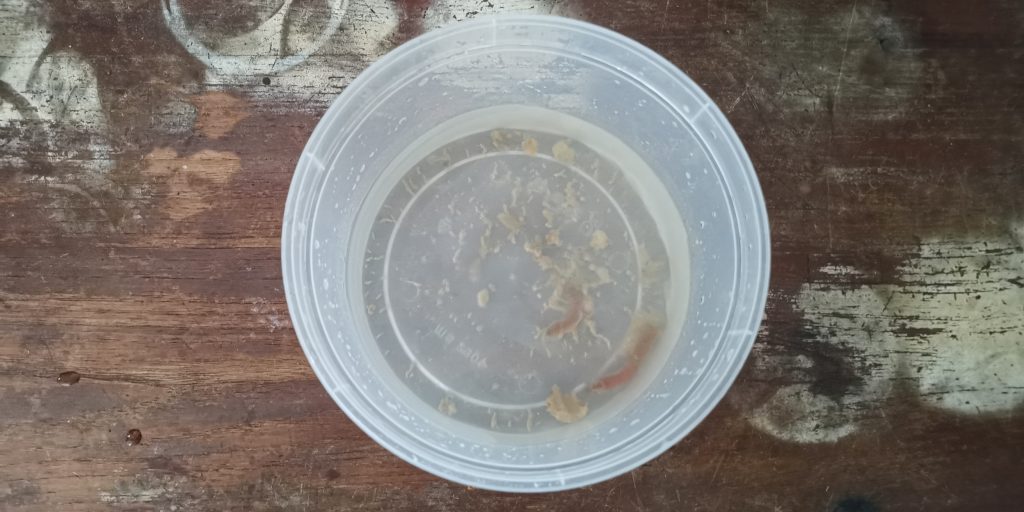
If any pest is found, do prepare to perform a second and a third dip a few days later as there might be eggs present that need to be redipped for any pest. Do not dip the same coral repeatedly as it might stress the corals and cause it to die from stress. Provide enough rest period for the coral to heal before performing a repeat coral dip again.
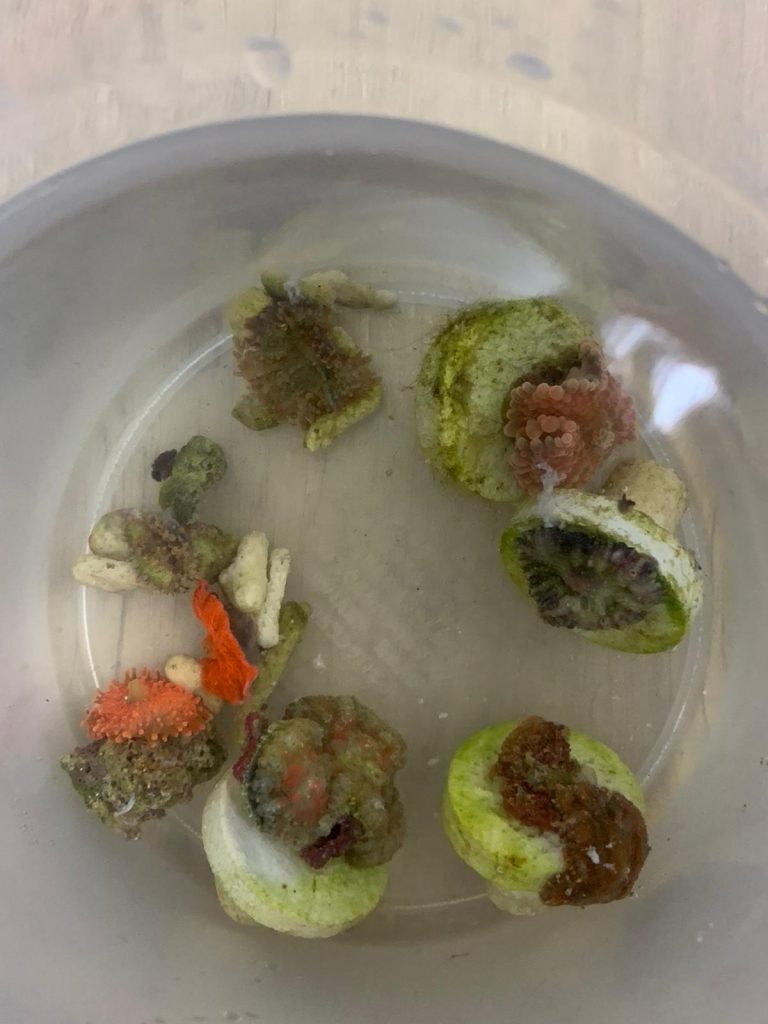
However, if no sign of pests is present it might not mean that the newly purchased coral is 100% pest-free, as there might be eggs which are not visible to our naked eye or which has not been hatched during the coral dip that we have done. The dip will not be able to remove eggs, and it has to be done only manually. Which is also why It is strongly recommended to place all newly purchased corals into a separated quarantine system which a schedule dip can be performed over a period of up to 14 – 30 days which ensures that the coral entering the system will be 100% pest-free. If there are any eggs which are not hatched, it will hatch during this quarantine period, and the scheduled coral dip will remove them completely.

SPS coral turning pale due to FW attack 
A infected colony that losses its color
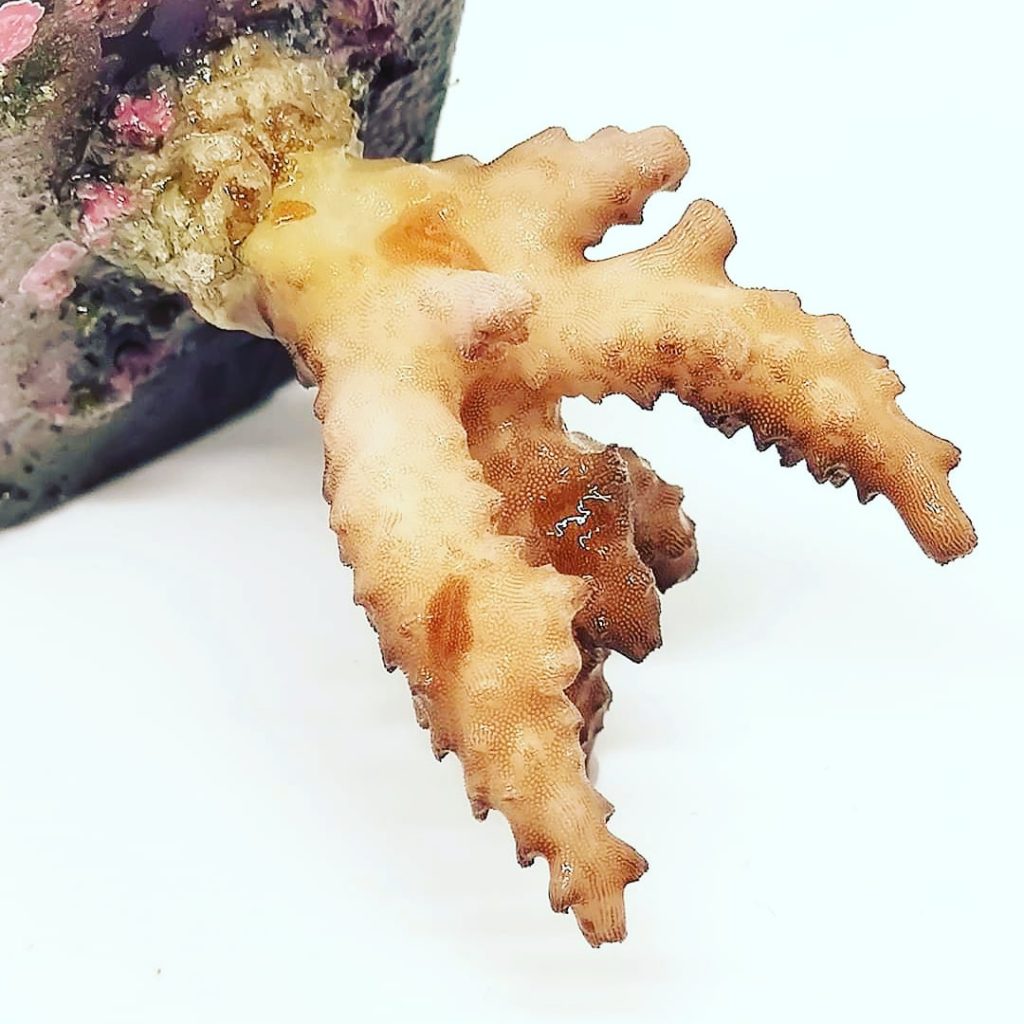
SPS with flatworm 
SPS infected with FW eggs
So be prepared for every new coral, be it mariculture piece or coral frag big or small, there is every possibility of introducing a bad hitchhiker into your system which could cause a nightmare to you trying to figure out how to remove them later from your tank.
A Possible schedule of a coral dipping process for all newly bought corals includes ;
Day 1 – Coral dip and inspect visually for any sign of bite mark, pest, eggs on the corals itself or on the base of the rock that it comes with. ( Depending on the condition of the corals itself, if the coral look stress, or injure it is advisable to postpone this to further stress the coral )
Day 7 – A second coral dip to ensure that there is no coral pest observe during the dip
Day 11 – Hitchhiker pests like AEFW ( Acro Eating Flatworm ) take about 11 to 14 days to hatch depending on the temperature, thus by the period this third dip is performed, the eggs would have hatched and dropped off from this third dipping.
Day 14 – The purpose of this dip is to ensure that all unhatched eggs from the previous treatment will be by then hatched, and removed by the dipping process performed on this day.
Day 30 – Finally the last coral dip is almost certain that all coral entering the main display tank is free of any coral pest and safely introduced into the system.
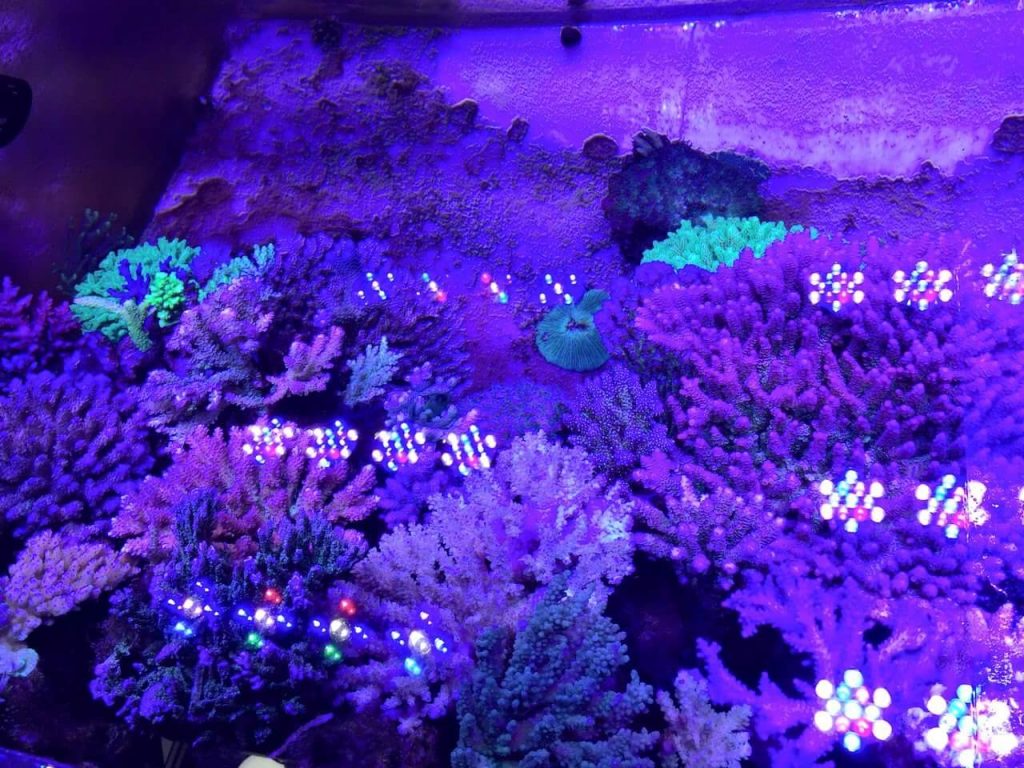
Yes, this could be a very tremendous tedious process of dipping and conditioning the corals to be almost 100% sure that all corals entering your system are almost certainly pest free. However, the effort will be worthwhile over the long run, preventing any outbreak in your existing system which could lead to a total loss of your beloved corals or a more tedious way to remove them later.
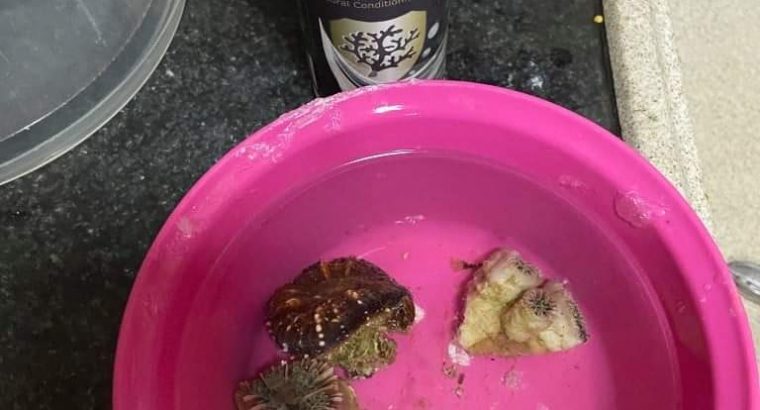

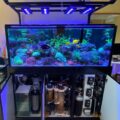









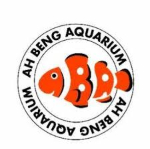


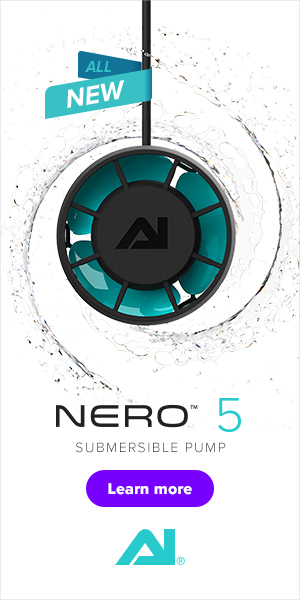
[…] Well what’s the harm adding a beautiful coral that doesn’t appear to have any string attached organism to it. WRONG. Pest will be hidden inside the live rock of your coral which you can’t see with your naked eye. Even so, pests will also be buried inside and the only way you can stop them from introducing into your tank is to do a coral dip. To find out more about how to dip a coral click this thread over here. https://www.sgreefclub.com/home/why-should-we-dip-corals-and-how-to-perform-it/ […]